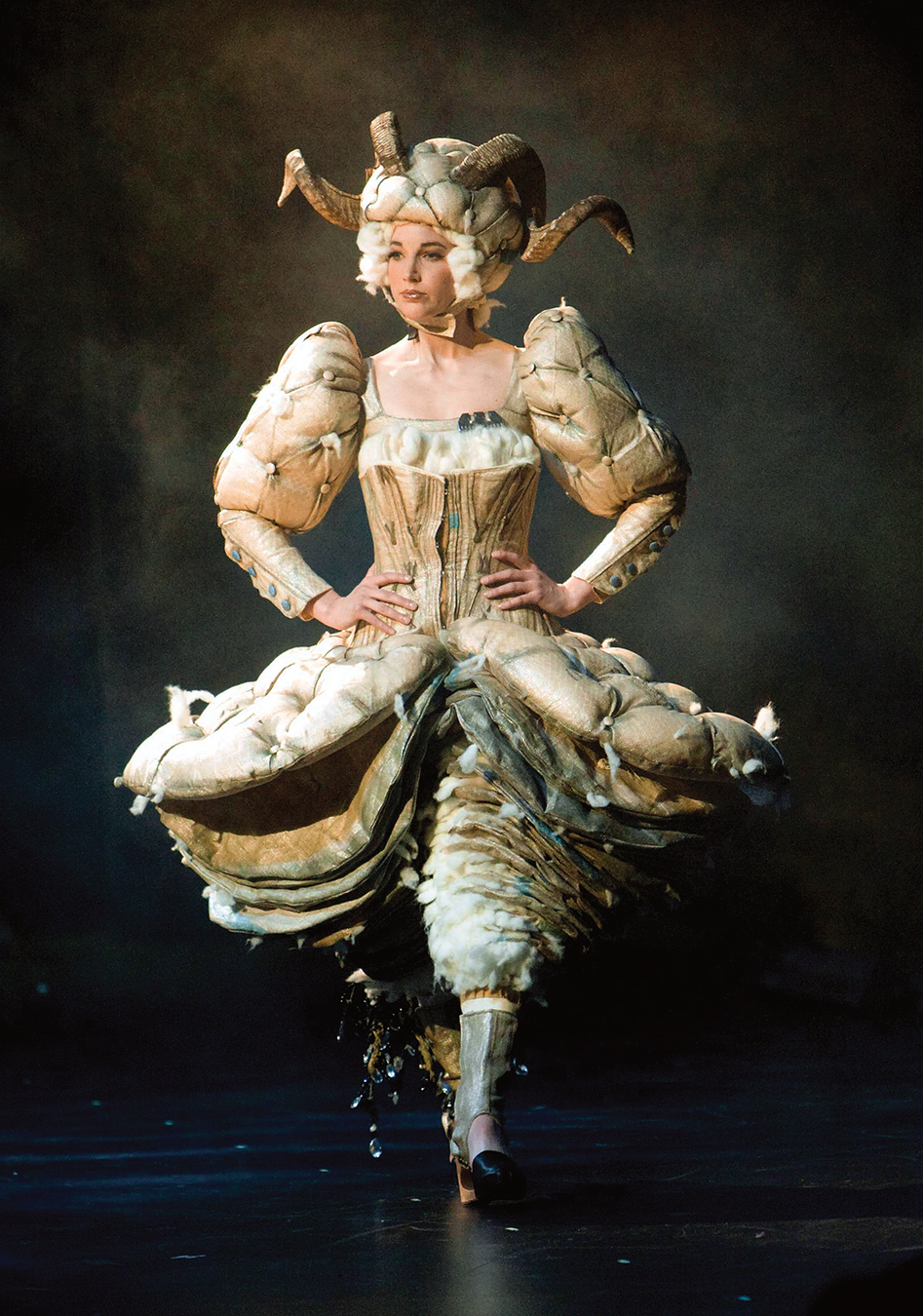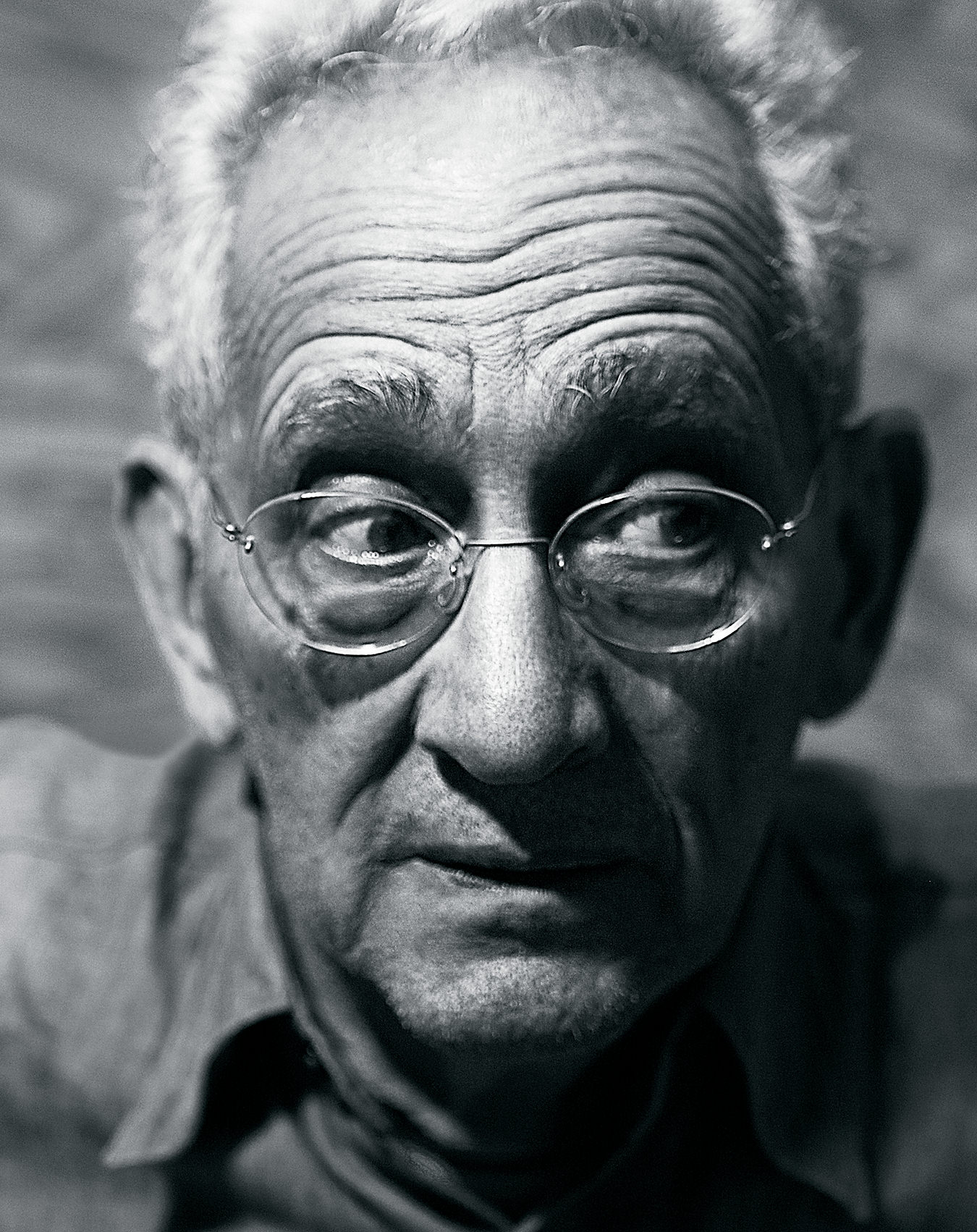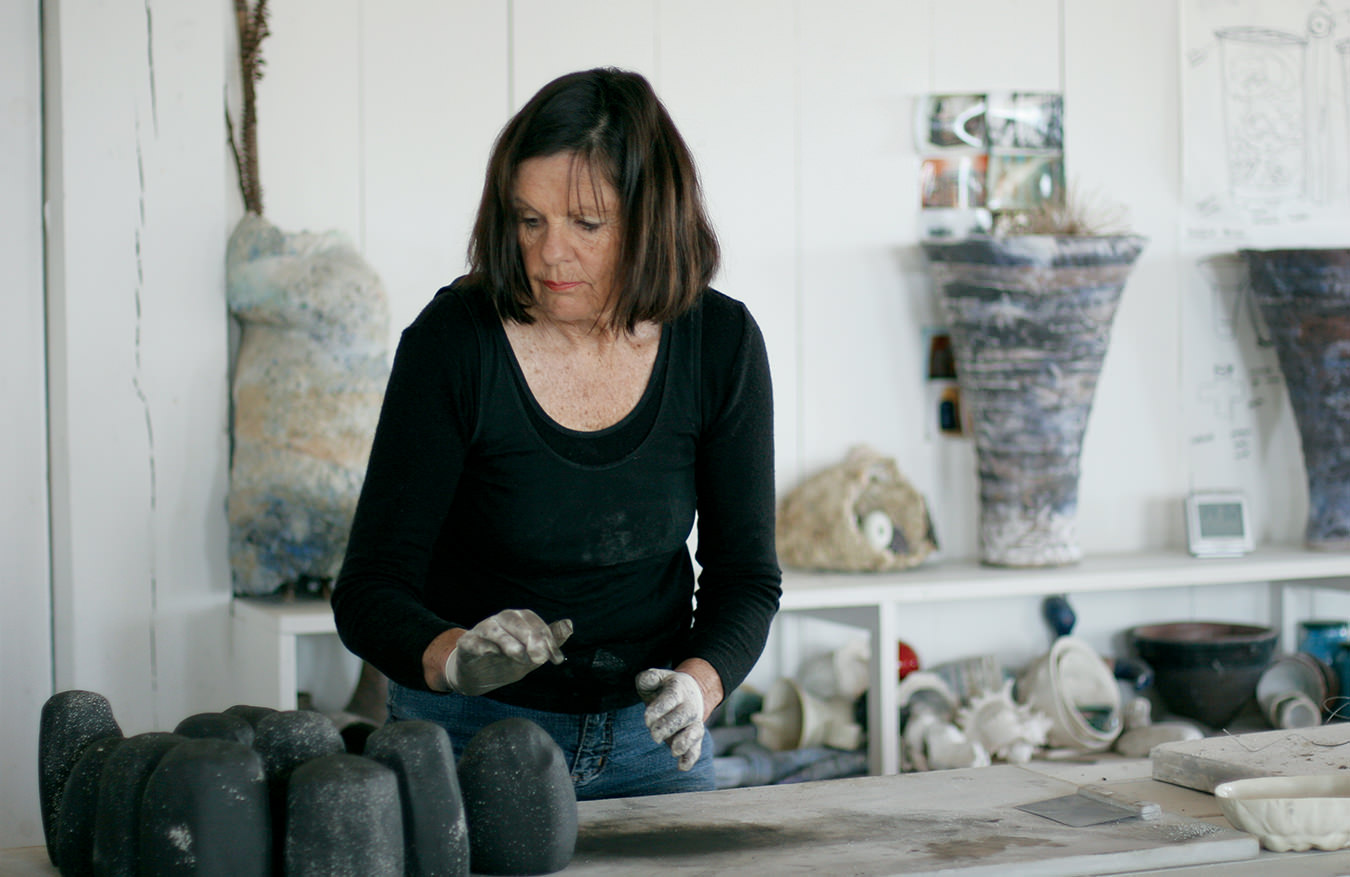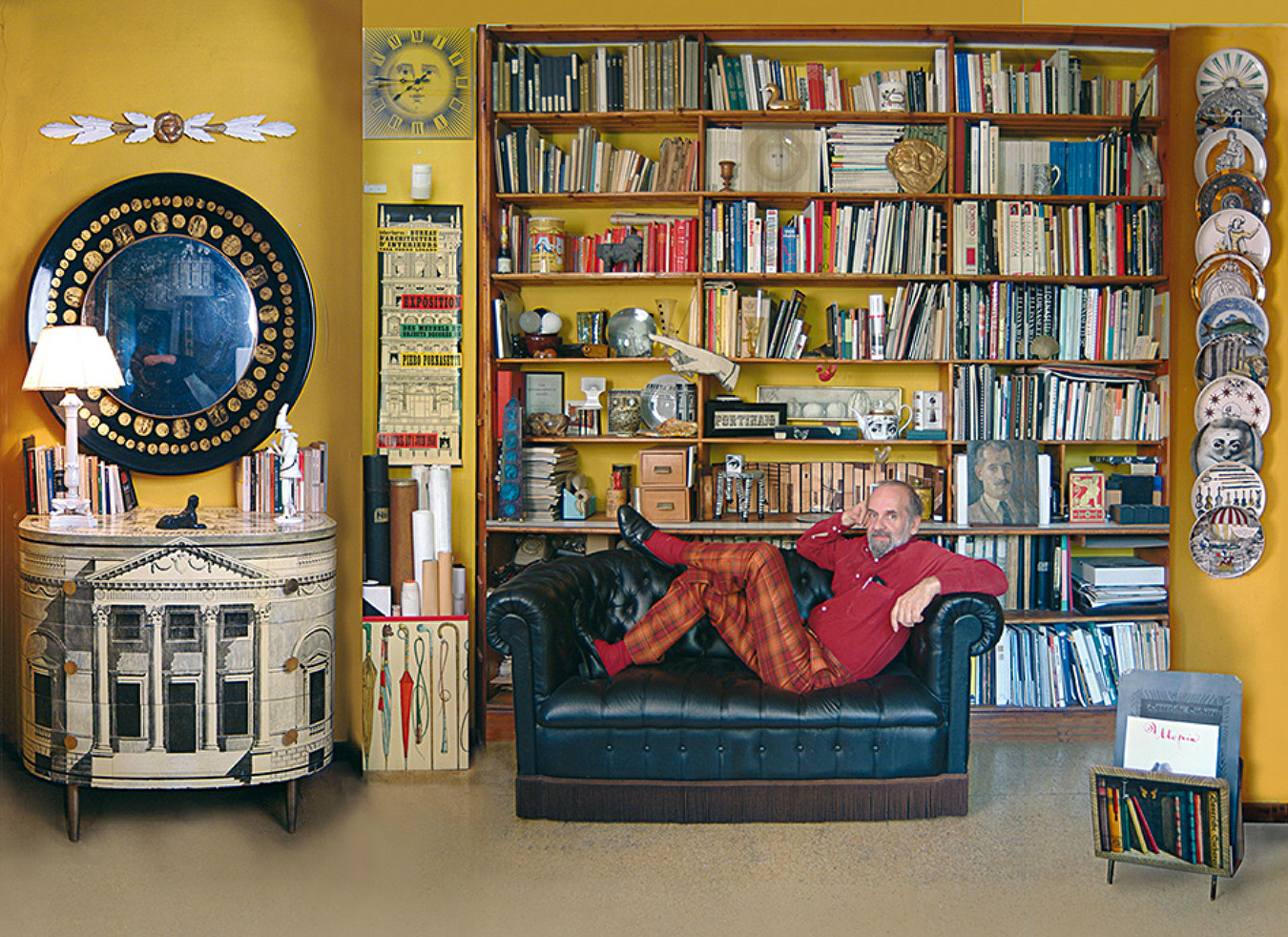The Art of Solitude
Aloneness, visualized.
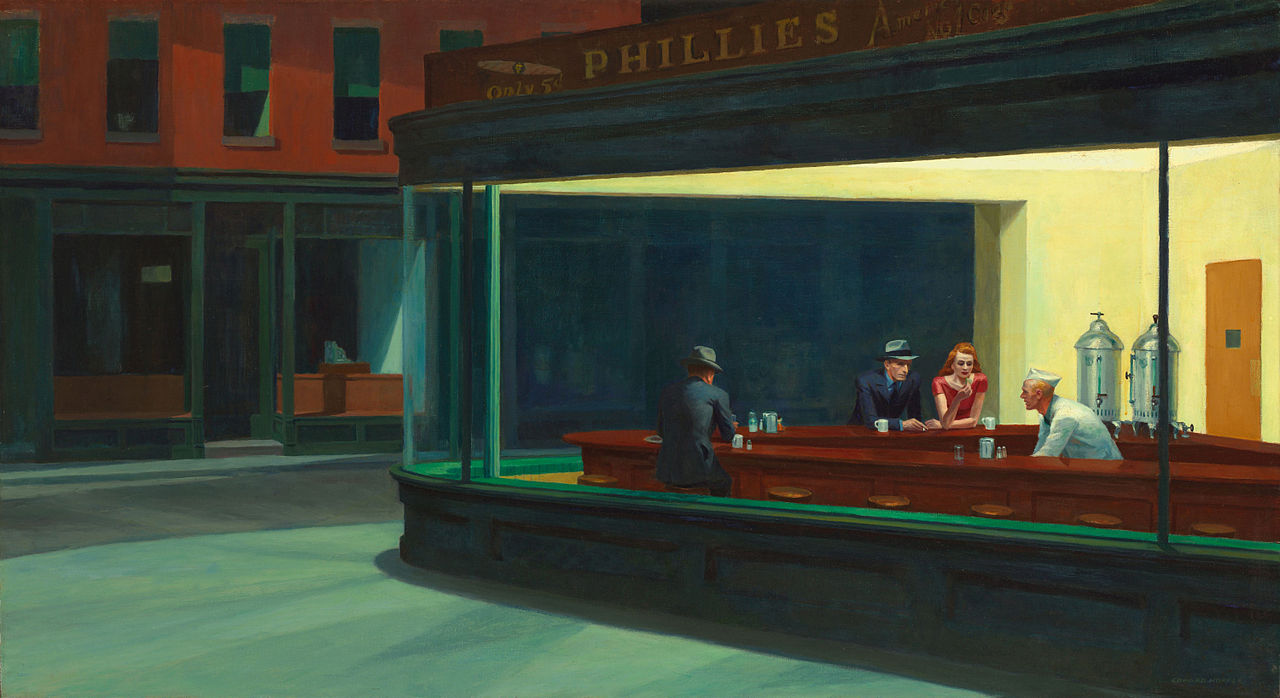
“On really romantic evenings of self, I go salsa dancing with my own confusion,” says Speed Levitch in Richard Linklater’s 2001 animated surrealist film Waking Life. The line is a poignant metaphor for the dance between our minds and souls. When we are pulled into the depths of ourselves, what do we find? As we’re faced with it, the muddled chaos of our loneliness is disarming at first. But there’s a magic to being comfortably alone.
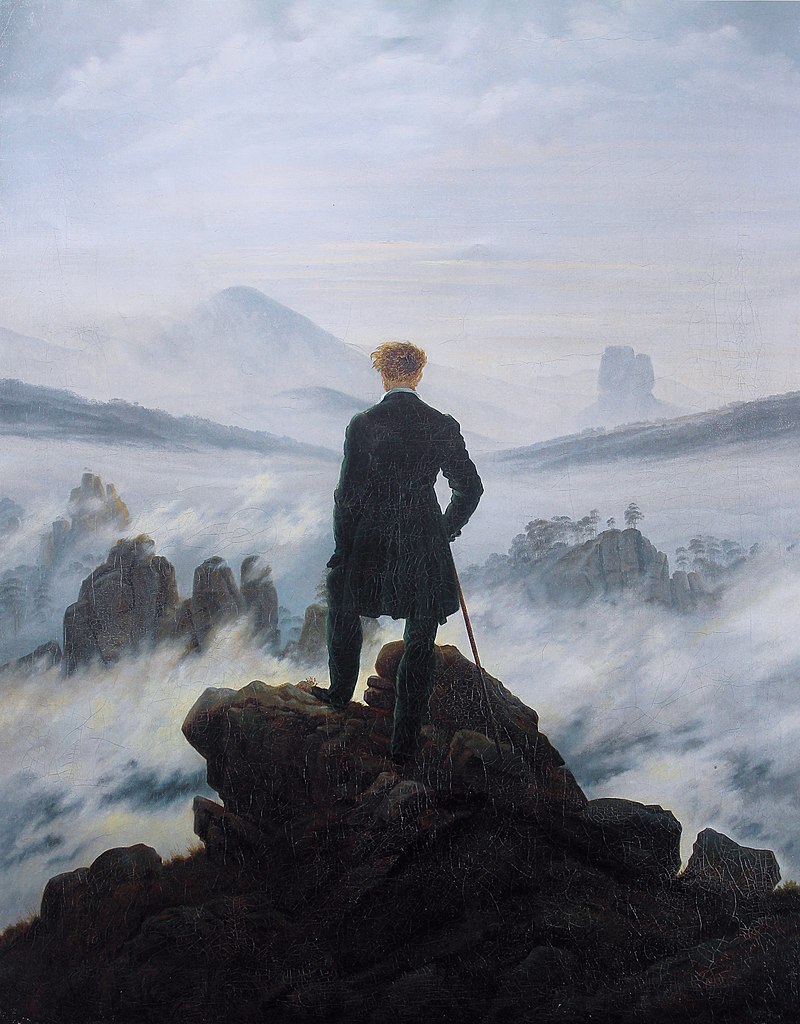
Wanderer Above the Sea of Fog (1817), Caspar David Friedrich
To sit in the solitude of your own thoughts is an art—when done with purpose. Like nature, whose wildness creeps back in when human activity fades, souls can grow untamed when free from social distraction. But the art of being alone walks a fine line between purposed solitude and reclusive isolation. Solitude is the romantic ideal; the sentimentality of Caspar David Friedrich’s Wanderer Above the Sea of Fog. Isolation is cold; the melancholy of Edward Hopper’s depictions of modern loneliness. And yet both are beautiful, intimate expressions of what it means to be human and alone, alone and human.
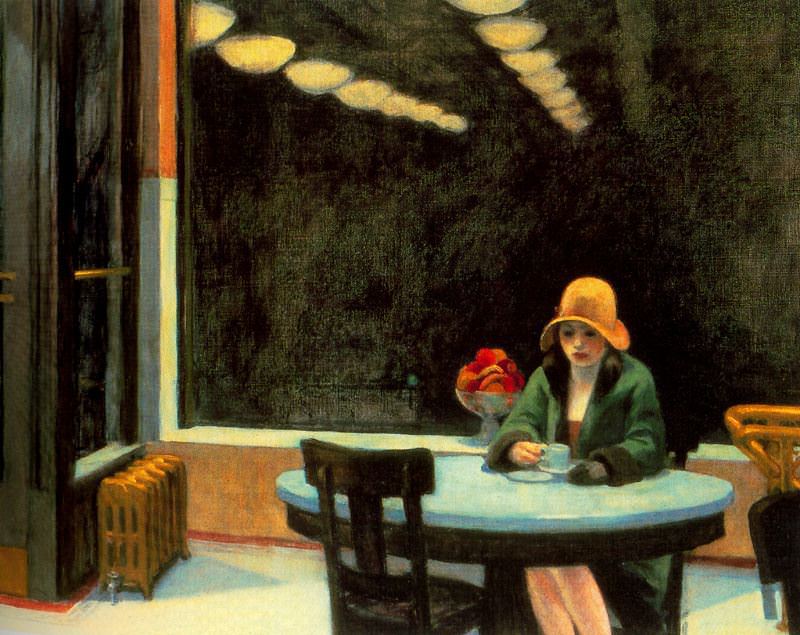
Automat (1927), Edward Hopper
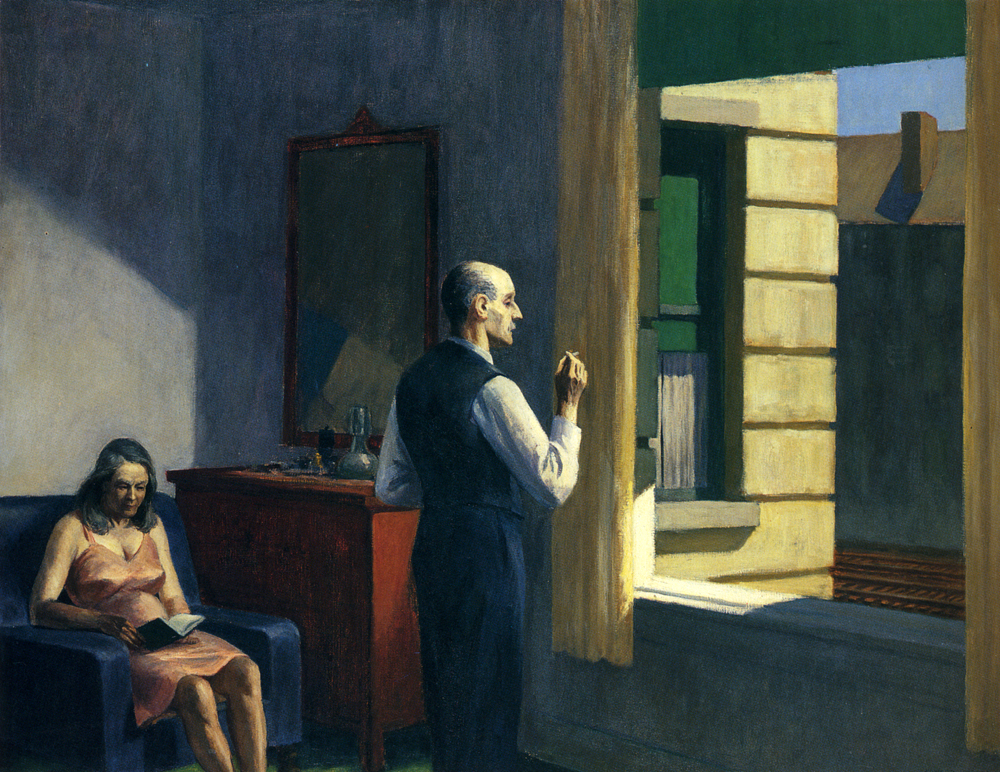
Hotel by a Railroad (1952), Edward Hopper

Hotel Window (1955), Edward Hopper
Vincent Van Gogh, a man of soft solitude and resounding empathy, once wrote in a letter to his mother: “For me, life may well continue in solitude. I have never perceived those to whom I have been most attached other than as through a glass, darkly.” Van Gogh’s work reveals his tender character, his love for people, and quiet ferocity towards life, and yet it is within his aloneness that he feels so deeply. In solitude, one finds a paradoxical aversion to society and, at the same time, an intimate understanding of humanity.
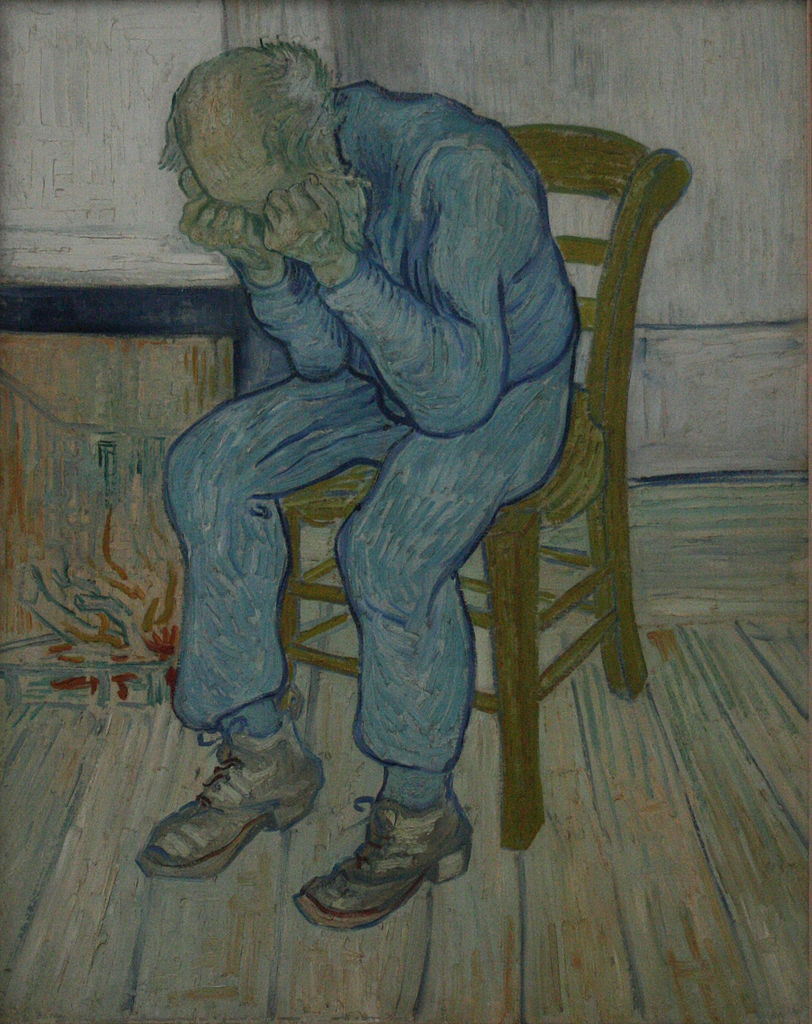
Sorrowing old man (“At Eternity’s Gate”) (1890), Vincent Van Gogh

Zelfportret (1889), Vincent van Gogh, National Gallery of Art
For thinkers like Montaigne and Rosseau, solitude is the vessel for inner contentment. In Meditations of a Solitary Walker, Rosseau, in the throes of a proverbial mid-life crisis, renounces the world “and its vanities” and turns instead to a life alone in “nonchalant tranquility”. He writes: “Alone with myself, contented with myself and already enjoying the happiness, which I feel I have deserved… Love of self alone is active in all of this, self-love has no part.” Rosseau’s love of self—that is, self-esteem—is found in his solitude; whereas self-love, an ego-driven love, doesn’t play a role in the yearning for seclusion.
Montaigne says our minds are both the source and cure for our discontent.“Our disease lies in the mind, which cannot escape from itself; and therefore is to be called home and confined within itself: that is the true solitude…” he writes in his 1580 essay “On Solitude”. To turn yourself into a home, where you welcome yourself gently, is to find peace within.
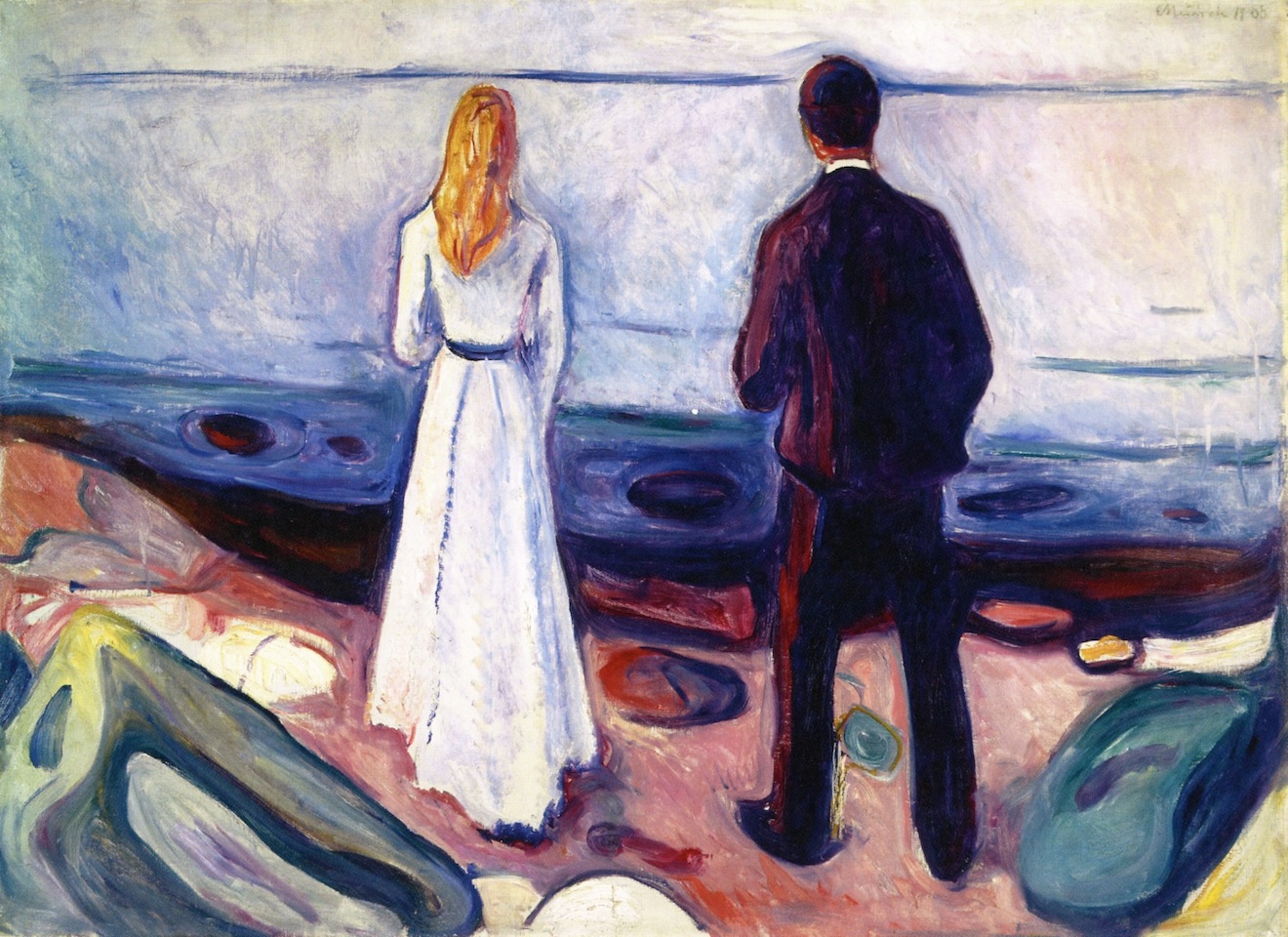
Two Human Beings (The Lonely Ones) (1905), Edvard Munch
And yet loneliness, the cold emptiness within, is an unavoidable tenet of the human condition. The beauty of loneliness is found in its melancholic familiarity. In the Great Gatsby, F. Scott Fitzgerald writes: “I felt a haunting loneliness sometimes, and felt it in others—young clerks in the dusk, wasting the most poignant moments of night and life.” Isolation takes on a certain bittersweet taste when one knows others feel the same emptiness.
The human capacity to love is an extraordinary thing, and it can be measured by the depths of our loneliness. To feel alone, then, is just a reminder of how much love rests within.
Images from Wiki Commons.
________
Never miss a story. Sign up for NUVO’s weekly newsletter here.

